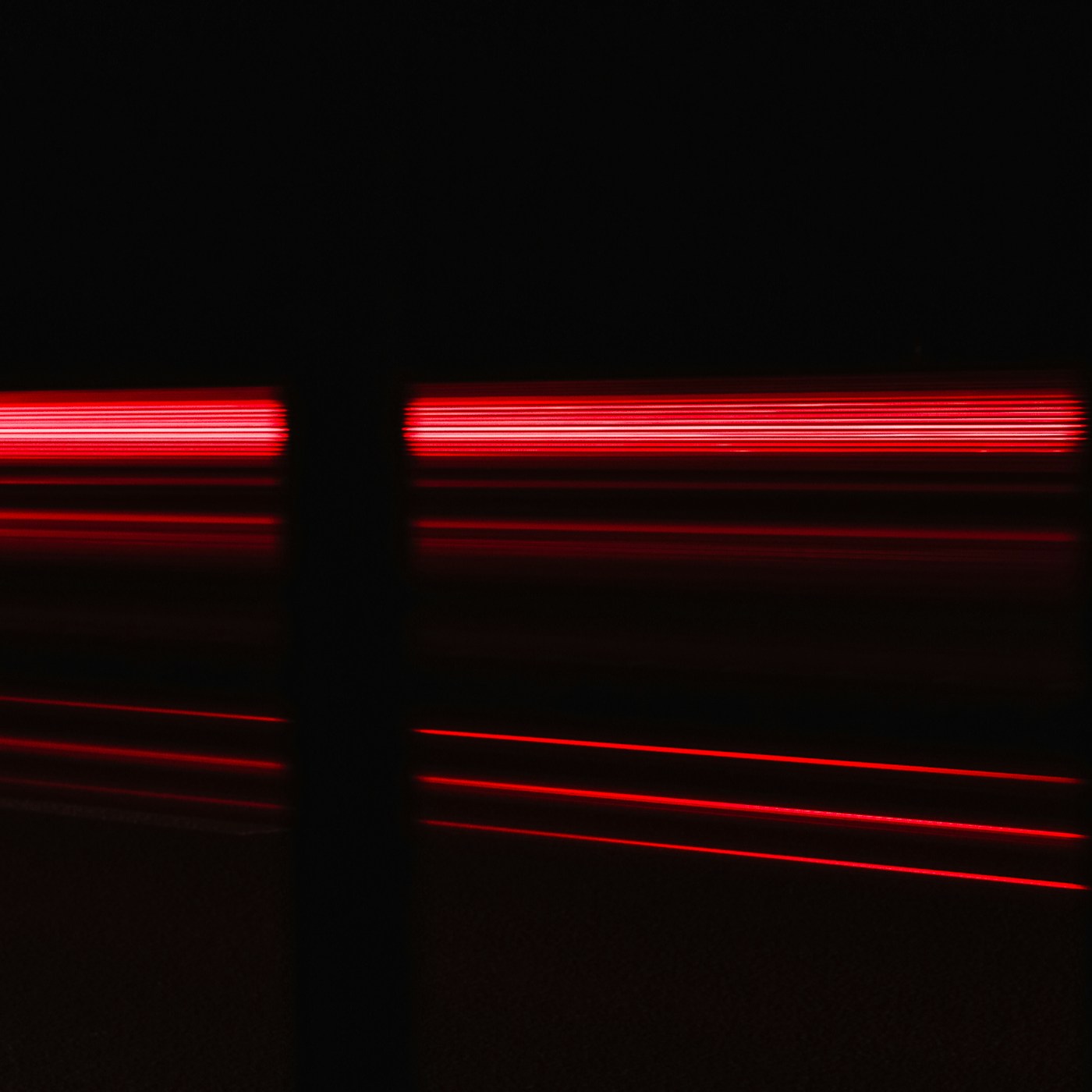Are you fascinated by all things science and wanting to know some facts about light? It’s another of those things in our world that is just there and we give little thought to but what would we do without it? Here’s some facts about light:
Snapshot Survey
Thanks for sharing your thoughts!
Please subscribe for your personalized newsletter:
Successfully subscribed!
Thank you for subscribing! Check your inbox for personalized content.
1. Light is a Wave and a Particle
This is one of the biggest puzzles in modern science, and it is both understood (in that it is predictable) and unknown (in that we are not sure how to classify it). It is a wave because it has a frequency and we can split it up and play with it. But, the gold leaf test also proved that light is a particle, which explains how it is able to bounce, but not how it is able to bend. Light is a wave and a particle at the same time, which is one of the facts about light that makes it unique.
2. Natural Light is a Form of Radiation
People often think of radiation as a bad thing, even though our bodies could not exist without it. Light is also a form of radiation, and we get most of our radiation from the sun. There are also of other types of radiation that come from the sun. The strongest radiation is too far away to hurt us. Most of it is also deflected by our magnetic Earth, and some of it is caught by our Ozone Layer. We are just the right distance away, and have just the right conditions to support life.
3. Twinkle Twinkle, Oh, Its Gone!
Light moves at 186,000 miles per second, but even at that speed it still takes thousands of years for it to get to our planet. One of the interesting facts about light is that some of the stars in the sky have already burned out by the time you see their light. They twinkle because of the many planets and debris that have gotten between the stars and your eyes.
4. Twinkles No More
Have you ever noticed how one or two stars in the sky do not twinkle? This is not because the light from them is stronger, or because nothing got in the way of the light traveling. They do not twinkle because they are planets. You are actually looking at the sun’s light bouncing off of the planet and coming back to you. The most common one is Mars, but you can see others in the sky if you know what to look for.
Sunshine and blue skies bring positivity and joy and it's important for every woman to take full advantage of it. Even when stuck indoors, it's still possible to enjoy some good vibes. Check out these unique tips on how to make the most of the weather right at your home. Let's celebrate every beautiful day, no matter where we are.
5. Light is Linked to Time Travel
Einstein’s Theory of Relativity states that energy is equal to mass times the speed of light squared. If you were to dig around this unifying theory a little more, you would see that the closer you got to the speed of light, then the slower time would run. This means that you could essentially go back in time if you were able to somehow move faster than the speed of light (which is impossible as far as we know).
Gallery Spotlight
Save and share the images that inspire you. Tag @allwomenstalk to get featured.
Save
6. Moonlight Becomes You
The light you are getting from the moon is actually a reflection of the sun’s rays hitting it. The reason that moonlight is a different color is because firstly, it has to hit the moon, which absorbs a bit of the light's color, and then it has to get through our atmosphere. It is our atmosphere which makes the moon sometimes appear yellow, red and even blue.
7. Light Cannot Be Sped up in Any Way
This is another one of those facts about light that makes it weird. You can change its frequency and wavelength and turn it into other radiation such as UV light etc, but you cannot physically increase the speed of light according to the physics laws of our universe. Obviously, this is only valid until it is disproved, but so is the theory of gravity and that one seems to have stuck rather well too. If we could increase the speed of light, then we ourselves may be able to physically travel faster in the universe.
I hope you enjoyed learning a few facts about light. Is there a burning question not answered here?
Snapshot Survey
Thanks for sharing your thoughts!
Please subscribe for your personalized newsletter:
Successfully subscribed!
Thank you for subscribing! Check your inbox for personalized content.
Comments

EST 2005
Evolve. Empower. Elevate.
- Creators on the platform
- 3,000+
- Total social reach
- 12M+
- Features published
- 100K+
Create your profile. Earn badges. Level up your reading.
Join Allwomenstalk to track your streaks, collect badges, and earn XP for the things you already do—reading, sharing, and taking quizzes.
- 🔥Daily streaks with gentle boosts for 3, 7, and 30 days.
- 🏅Collect badges like Reader I–III, Socialite, and Quiz Ace.
- ⚡️Earn XP for reads, deep reads, likes, comments, and shares.
It’s free. Takes 30 seconds. Already have an account? Sign in.




Feedback Junction
Where Thoughts and Opinions Converge